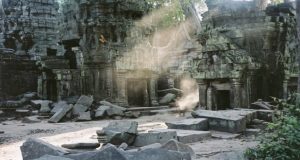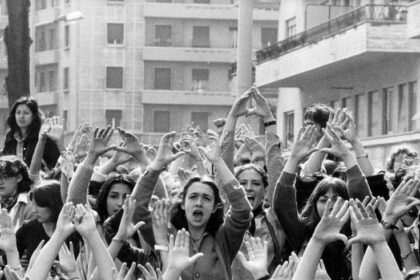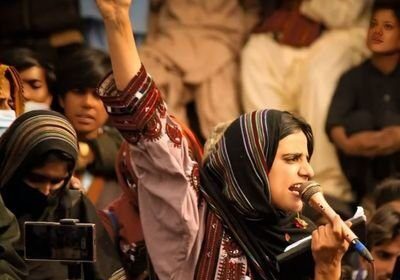Residing within the dense forests of Cambodia lies one of the most intriguing history-the ruins of Angkor. From the 9th to the 15th centuries, this region once belonged to the Khmer Empire, a marvel architecturally, culturally, and even spiritually. It was during its high times that it became an urban center among the largest pre-industrial cities in the world, celebrating its splendor in the large Angkor Wat temple complex. This article thus traces the ascendance, cultural wealth, and subsequent decline of the Khmer Empire while also giving a glimpse into the lively past of Angkor, which happens to be one among the greatest human feats.
The Foundation of the Khmer Empire
Its founding was early in the ninth century, under King Jayavarman II, who brought diverse regions of Cambodia into one state. He declared himself “Devaraja” or god-king: he thus episcopalized a divine right for Khmer rulers and formed for them a doctrinal and political basis for many centuries of governance.
Strategically located by Southeast Asia’s biggest freshwater lake-the Tonle Sap, the capital city of Angkor established a complicated water management network. Its innovatively designed reservoir, canals, and embankment opened access to productive agricultural yields, and it was able to support over a million people during its heyday.
Golden Age of Culture and Religion
Artistically, it was during this period that most of the distinguished monuments of the Khmer Empire were built, including Angkor Wat, Bayon, and Ta Prohm. It was under King Suryavarman II who reigned in the early 12th century that Angkor Wat was built as part of a temple dedicated to the Hindu god Vishnu. A splendid blend of architectural prowess and spiritual devotion, the temple’s bas-relief intricacies and spires transcending the ground level represent the mythical Mount Meru, which is the center of the universe in Hindu cosmology.

In 12 late centuries, King Jayavarman VII declared Mahayana Buddhism as the state religion of the Khmer Empire. Architectural evidence of the transition is found in the temple of Bayon with its large faces of serenity which are said to be those of the Bodhisattva of compassion. Under Jayavarman VII, much emphasis was also placed on the welfare of the public, and a number of hospitals, rest houses, and reservoirs were constructed.

Strength in the Economy And in the Military
Besides great buildings, it was also great in economic and military strength. The great prosperity of the empire lay in the hydraulic engineering that supported a large area of rice cultivation. More than what was required for the survival of the large population was produced, and this surplus fed into extensive trade with neighboring and as far-off foreign kingdoms.
It not only strategically positioned them at the crossroads of great maritime and overland trade routes, but also made the Khmer Empire one major trade channel through which goods such as ivory and spice were transported to other parts of the world, including precious metals. Such economic connections stretched as far away as China, India, and the Middle East, thus cementing its reputation as a regional giant in trade.
Militarily, much of continental Southeast Asia, from modern-day Thailand to Vietnam, came under the empire’s girth. Well-skilled at war, Khmer rulers kept their domination by a combination of forays and wise alliances to last ages above rival states.
The Descent and Fall
Intriguingly, the decline of the Khmer Empire is rooted in a complex interplay of environmental, political, and external causes. From the 14th century, disruptions in trade routes gradually began to undermine Angkor’s economic prominence when emerging coastal powers like Ayutthaya became increasingly prominent in Thailand.
Internal strife and weakened central authority further threatened the empire’s stability. The very same systems that had been effective in maintaining Angkor were failing; perhaps because of protracted periods of drought interrupted by destructive floods. An agricultural downturn from insufficient irrigation further exposed the city.
It continued to be severely damaged by repeated invasions from neighboring powers, especially from the Ayutthaya Kingdom. At the beginning of the 15th century, the Khmer elite moved southward to Phnom Penh, thus ending Angkor’s political significance for the empire.
Rediscovery of Angkor
The decayed ruins of Angkor long concealed themselves with mystery and the sprouting new green underbrush of the jungle. It was not until the last mid-century when the Ottomans finally put forth a prominent case for their splendor, such as that represented by the French naturalist Henri Mouhot. They intrigued further developments and eventually drew the attention that led to setting apart the French School of the Far East for the care of this natural site.
A Legacy of Endurance
Today, ruins of Angkor stand as a UNESCO world heritage. Millions flock to visit this wonder every year. Angkor Wat, probably the most precious jewel from this ancient metropolis considered by some as a national symbol for Cambodia, an absolute masterpieces of world heritage, adorns the flag of Cambodia and speaks of the strength and pride of the Khmer people.
Culture from that empire still does pervade today’s region in traditions, art, and religious practices. Classical Khmer dance, sculpture, and temple architecture continue to give inspiration to contemporary creators, thus closing the gap between past and present in a dynamic cultural continuum.

Lessons for Modern Times
The story of Angkor and the Khmer Empire offers profound lessons for modern society. Its pioneering achievements in urban planning, sustainable agriculture, and architectural innovation underscore the potential of human ingenuity. At the same time, its decline serves as a cautionary tale about the fragility of civilizations and the importance of adapting to environmental and economic changes.
As researchers and historians uncover more about Angkor’s past, they not only deepen our understanding of this magnificent empire but also highlight the enduring relevance of its achievements. In doing so, they ensure that the legacy of the Khmer Empire continues to inspire future generations to dream, build, and innovate.
Restoration of Angkor Glory.
The international cooperation ensures that the site is conserved and restored through the constant work on this site and that appropriate measures are in place against pressure from tourism or environmental degradation during these efforts. New technologies such as LIDAR (Light Detection and Ranging) have revolutionized archaeological exploration by revealing structures that were hidden and therefore, has expanded knowledge regarding the urban scale of Angkor.
Not just in history, but as a living monument to human achievement, the grandeur of Angkor and the Khmer Empire makes for a bright future. Walking through the ancient temples today, one marvels at the wondrous intricacies. Striding through the temples carries the awe of an indomitable spirit that creates such works. The connection of today to the past ensures that the glory of Angkor will be eternal, holding hearts and minds for centuries to come.

















